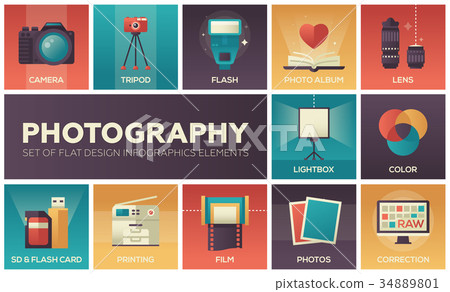Photography Tips For Beginners: Grasping Your Electronic Camera In No Time At All
Photography Tips For Beginners: Grasping Your Electronic Camera In No Time At All
Blog Article
Post Created By-Lindgreen Elmore
When you initially grab your camera, it can feel overwhelming with all the setups and options readily available. You might find yourself questioning exactly how to navigate aperture, shutter rate, and ISO properly. Mastering these basics is essential, yet there's more to digital photography than simply technical knowledge. Comprehending structure strategies and lighting problems can boost your images dramatically. So, what if you could find out straightforward approaches to enhance your skills and start catching remarkable photos faster than you think? Allow's check out just how to change your digital photography journey.
Understanding Cam Settings
Recognizing your electronic camera setups is critical for capturing sensational images. When you pick up your cam, acquaint yourself with the three main setups: aperture, shutter speed, and ISO. Each plays an essential duty in exactly how your photos turn out.
Begin with aperture, which manages the quantity of light entering the lens. A bigger aperture (lower f-number) allows much more light and develops an attractive history blur, perfect for portraits. Conversely, a narrower aperture (greater f-number) keeps even more of the scene in emphasis, perfect for landscapes.
Next, focus on shutter speed. This setting establishes for how long your electronic camera's sensor is exposed to light. A fast shutter speed ices up motion, which is excellent for action shots, while a slow shutter speed can develop sensational results like smooth water in landscapes.
Finally, adjust your ISO. This setting impacts your camera's level of sensitivity to light. A higher ISO is useful in low-light scenarios however can present noise or grain. Go for the lowest ISO possible while still accomplishing proper exposure.
Structure Methods
When you're out capturing, make-up can make all the difference in exactly how your photos resonate with audiences. Beginning by utilizing the regulation of thirds; picture your framework divided right into nine equivalent areas with 2 straight and 2 upright lines. Placement key elements along these lines or at their junctions to produce equilibrium and rate of interest.
Next, think about leading lines. These all-natural lines in your scene, like roadways or rivers, attract the visitor's eye right into the photograph, guiding them via the tale you're telling.
Do not ignore framing; usage elements within your scene, like trees or windows, to develop a frame around your subject, including depth and emphasis.
Additionally, keep an eye on your background. https://telegra.ph/Prepare-To-Discover-The-Secrets-Of-Travel-Digital-Photography-Fundamentals-That-Will-Change-Your-Journeys-Right-Into-Exciting-Vi-01-08 cluttered background can distract from your major subject, while an easy one helps it stick out.
Lastly, experiment with symmetry and patterns; they can create a striking picture that catches attention.
Mastering Illumination Conditions
Grasping lighting problems is important for recording stunning photos, as the appropriate light can transform a common scene into something amazing.
Beginning by observing natural light at various times of the day. Mornings and late afternoons use the best light, referred to as the golden hour. The soft, warm tones throughout these times can boost your photos perfectly.
Don't avoid cloudy days either; diffused light can minimize harsh darkness and develop a pleasing effect, especially for pictures.
https://zenwriting.net/mellie3calandra/usual-errors-new-photographers-make-and-exactly-how-to-prevent-them by positioning your subject versus the light source. This strategy can create a fanciful halo result and include deepness to your images.
Pay attention to your electronic camera settings also. Readjust the ISO, aperture, and shutter rate to match the illumination problems. A greater ISO can aid in reduced light, but beware of grain.
Make use of a tripod in darker atmospheres to stay clear of blur.
Last but not least, do not forget fabricated lights. Flash and continual lights can be terrific devices for regulating light in challenging problems.
Conclusion
In conclusion, understanding your electronic camera doesn't need to be overwhelming. By comprehending your setups, using structure methods, and utilizing the power of all-natural light, you'll quickly boost your digital photography skills. Remember, exercise makes perfect, so go out there and trying out your newfound expertise. With https://www.latimes.com/lifestyle/story/2020-04-21/la-photographer-documents-coronavirus-birthday and devotion, you'll be capturing stunning photos that show your distinct point of view. Delight in the trip, and don't neglect to enjoy while you're at it!
